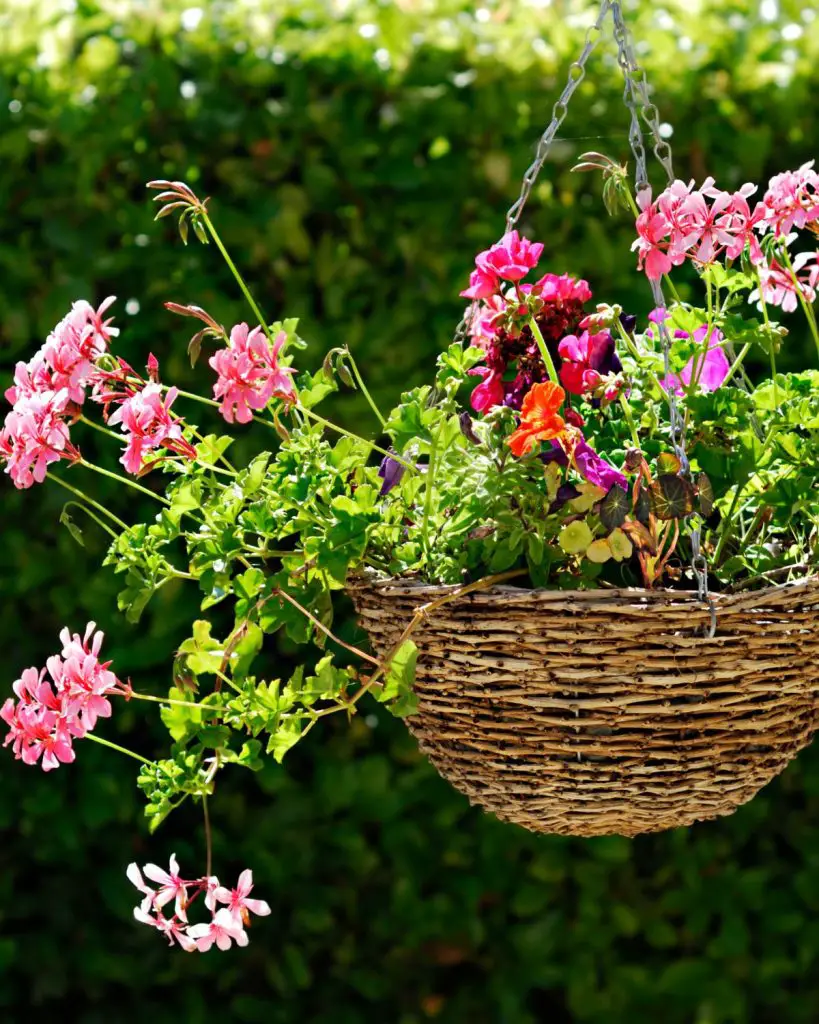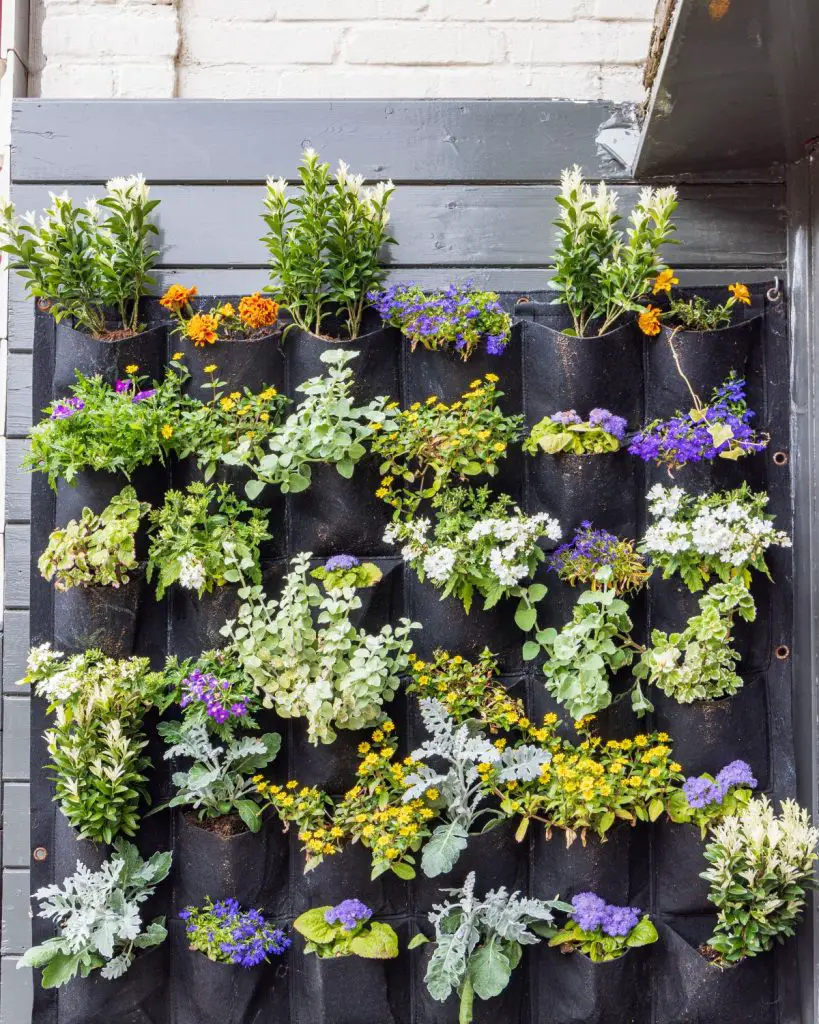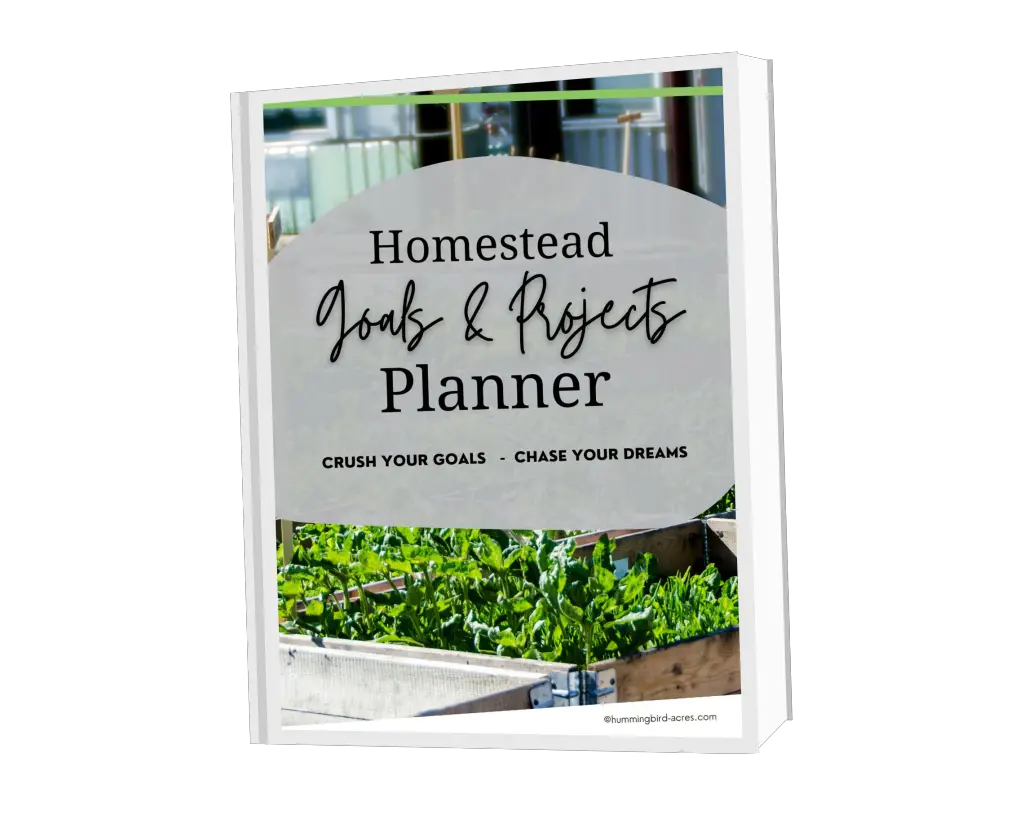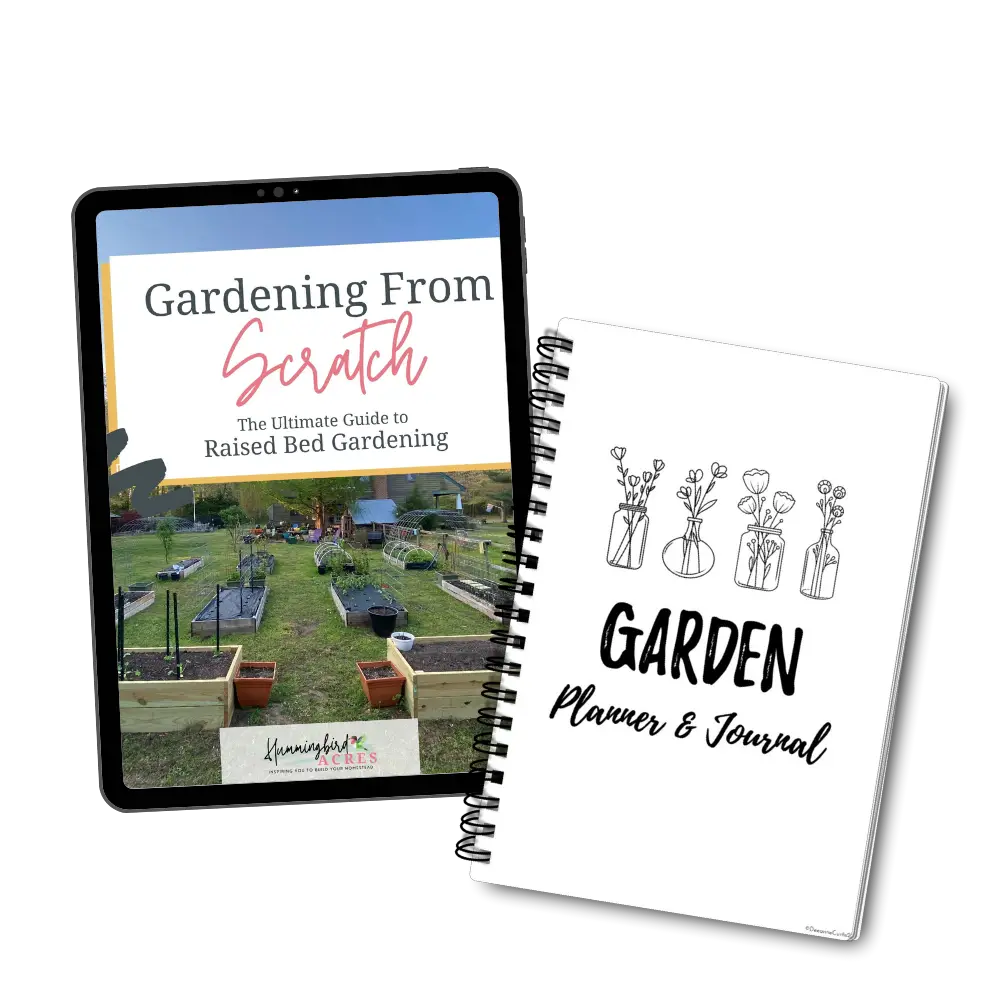Elevate Your Garden: Key Takeaways on Vertical Gardening
Vertical gardening offers a creative solution for maximizing space, especially in urban environments or limited outdoor areas. By growing plants vertically, you can enjoy greenery, harvests, and beauty even in small spaces. Here are the key takeaways to help you embark on your vertical gardening journey.
Disclosure: As an Amazon affiliate, I earn from qualifying purchases at no extra cost to you. My blog contains other affiliate links as well for your convenience. To learn more, you may read my Disclosure Policy. Thank you for supporting my blog!

Space Optimization:
- Vertical gardening allows you to make the most of limited space, whether you have a balcony, patio, or even just a wall.
- Utilize vertical surfaces such as walls, fences, or trellises to grow plants upwards, freeing up valuable ground space.
Plant Selection:
- Choose plants that are well-suited for vertical growth, such as vine crops, climbers, and compact varieties.
- Consider the lighting conditions of your vertical space and select plants accordingly, ensuring they receive adequate sunlight or shade.
Structural Support:
- Invest in sturdy supports such as trellises, stakes, or wall-mounted structures to provide stability for your vertical garden.
- Ensure that the supports are securely anchored to withstand the weight of the plants and any environmental factors.

Shhh… don’t tell!!
5 Secrets to Starting a Garden
Enter your name & email so we can send your our FREE Guide.
Container Options:
- Opt for containers that are lightweight, yet durable, such as fabric pots, hanging planters, or vertical garden systems.
- Vertical gardens can also incorporate unconventional containers like recycled materials, pallets, or repurposed items for added creativity.
Watering and Drainage:
- Implement a reliable watering system to ensure that plants receive adequate moisture, especially in vertical setups where water distribution may vary.
- Incorporate drip irrigation, self-watering systems, or hand watering techniques based on the specific needs of your plants.
Maintenance and Care:
- Regularly inspect your vertical garden for pests, diseases, and nutrient deficiencies, addressing any issues promptly.
- Prune and train plants to encourage upward growth and prevent overcrowding, promoting air circulation and healthy development.

Design and Aesthetics:
- Explore different arrangements and plant combinations to create visually appealing vertical gardens that enhance your outdoor space.
- Incorporate elements such as color, texture, and fragrance to elevate the aesthetic appeal of your vertical garden.
Vertical Gardening Ideas
Hanging Baskets or Planters:
Hang baskets or planters from hooks or railing to grow trailing plants like petunias, ivy, or strawberries. These are perfect for balconies or small outdoor spaces.
Trellises and Arbors:
Install trellises or arbors against walls or fences to support climbing plants such as tomatoes, cucumbers, beans, or peas. This method utilizes vertical space effectively while providing support for the plants to grow upwards.
Vertical Garden Towers:
Utilize vertical garden towers or freestanding structures with multiple planting pockets. These towers are ideal for growing herbs, lettuce, or flowers and can be placed on patios, decks, or even indoors near sunny windows.

Best Vertical Planter
GreenStalk Planter
Grow more in a small space.
Living Walls or Green Walls:
Create living walls using modular planting systems or DIY frames filled with pockets for soil. Plant a variety of foliage, succulents, or herbs to create a vibrant and visually striking vertical garden feature.

Pallet Gardens:
Upcycle wooden pallets by transforming them into vertical gardens. Attach planters or pots to the pallet slats and lean the pallet against a wall or fence. This rustic and eco-friendly approach is perfect for growing herbs, flowers, or small vegetables in a compact space.
Vertical gardening offers a versatile and space-efficient approach to cultivating plants, whether for food production, ornamental purposes, or both. By maximizing vertical space and employing strategic design and maintenance techniques, you can create thriving and beautiful gardens even in the most constrained environments. Get creative, experiment with different plants and structures, and enjoy the benefits of gardening in a whole new dimension.
You may also enjoy these related articles:
- Beginner’s Guide to Gardening: Tips and Tricks for Starting Your Own Garden
- Mulching a Garden: Tips and Benefits for a Healthy and Beautiful Yard
- Growing in Landscape Mesh for a No Weed Garden
Did you enjoy this article? Want to hear more? Stay in touch! Sign up below to receive weekly tips and inspiration for your homestead.


